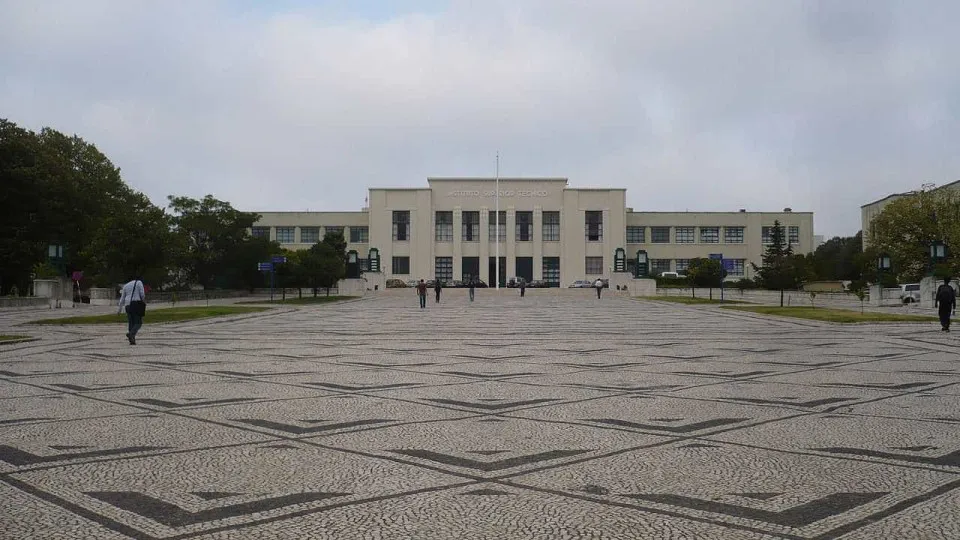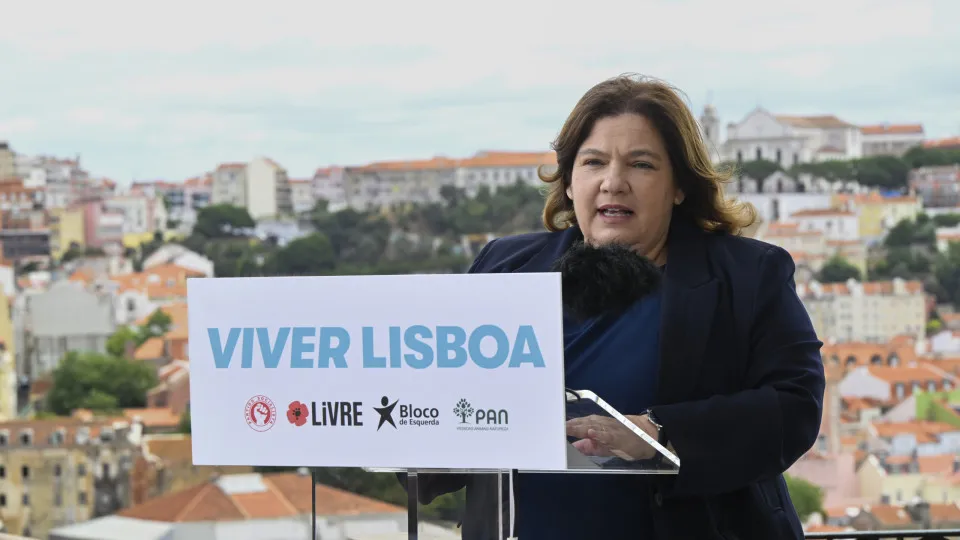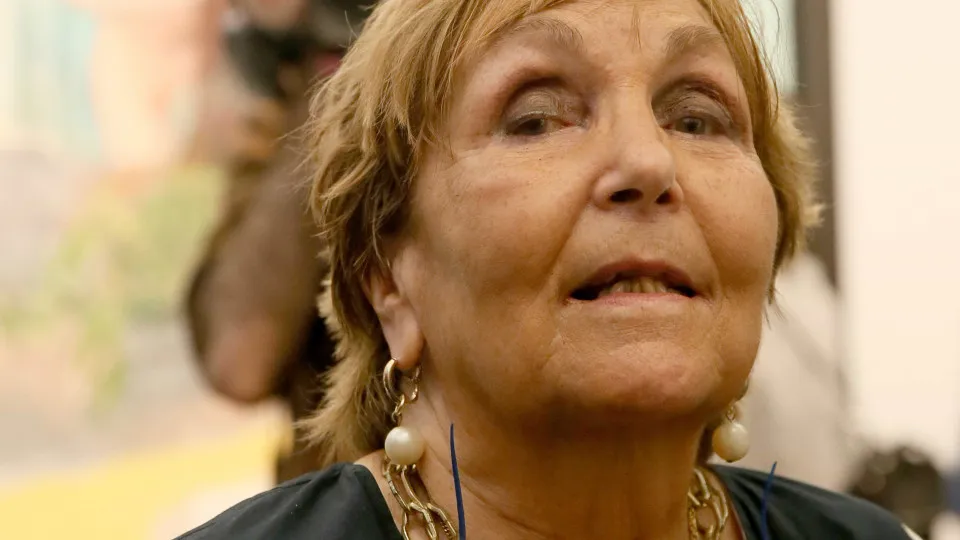
The innovative work of Susumu Kitagawa from Japan, Richard Robson from Australia, and Omar Yaghi from Jordan has been recognized by the Royal Swedish Academy of Sciences. The trio developed metal-organic frameworks, a molecular architecture that holds the potential to tackle significant global challenges like harvesting water from desert air, decomposing pharmaceutical residues in the environment, or capturing carbon dioxide.
These constructions, consisting of metal nodes interconnected by organic molecules, possess cavities that allow molecules to move in and out, akin to a building at a molecular level, explained Moisés Pinto, a Chemical Engineering professor at Instituto Superior Técnico, University of Lisbon.
This discovery, made over forty years ago, has inspired scientists worldwide to explore its applications, including researchers at IST.
“Here at Técnico, numerous groups are investigating these materials,” said Pinto, revealing that there is a team dedicated to treating diseases by storing small molecules like nitric oxide (NO).
“Though NO is highly toxic, it is produced by the human body to signal various biological functions. If we can release this gas in a highly localized manner within the human body, we could treat a range of diseases caused by biological system deregulations,” explained Pinto.
Técnico scientists are also employing the laureates’ discovery to separate gases, such as distinguishing methane molecules from carbon dioxide (CO2), a process currently feasible but energetically intensive.
Other Lisbon researchers are focused on photocatalysis, a process accelerating chemical reactions through the action of light and a catalyst.
Globally, scientists are working to harness the chemists’ discovery. However, Pinto questioned whether these applications are already economically viable, noting that it might be addressed in the coming years.
Many applications are in industrial or pre-industrial development stages.
“Companies are taking initial steps to produce these materials industrially,” said Pinto, emphasizing the need for economic viability and environmental and energy sustainability.
Significant work is still required in system development, according to Pinto.
For Pinto, the Nobel Prize could draw societal and technological company attention to focus more intensively on potential material applications across various fields.
Since the late 1990s, the possibility of creating linkage structures between organic molecules and metal centers to form three-dimensional constructs was known, recalled Pinto. Recent advancements have enabled control over material structures.
Following the groundbreaking work of the three laureates, chemists have developed thousands of distinct metal-organic frameworks, some of which could provide solutions to significant human challenges, like securing potable water for desert populations.
“These devices can extract water from the air, producing liquid water from vapor in the air. This is particularly relevant for areas where, unfortunately, populations lack access to potable water,” emphasized Pinto.




